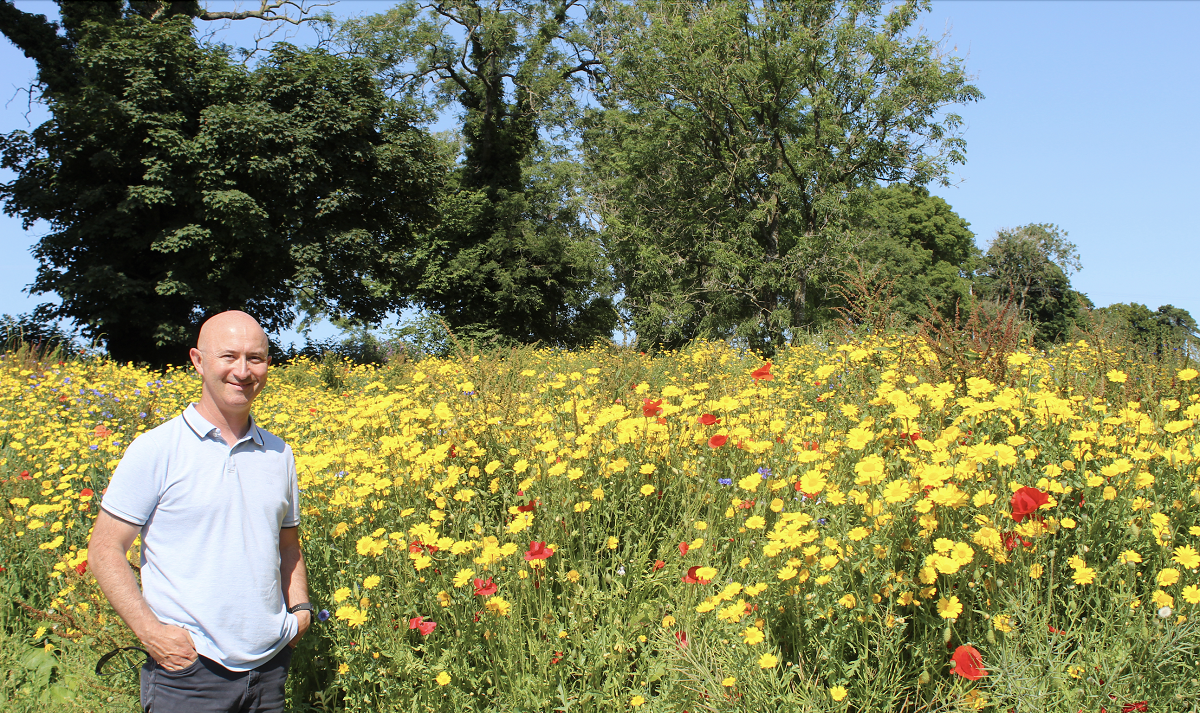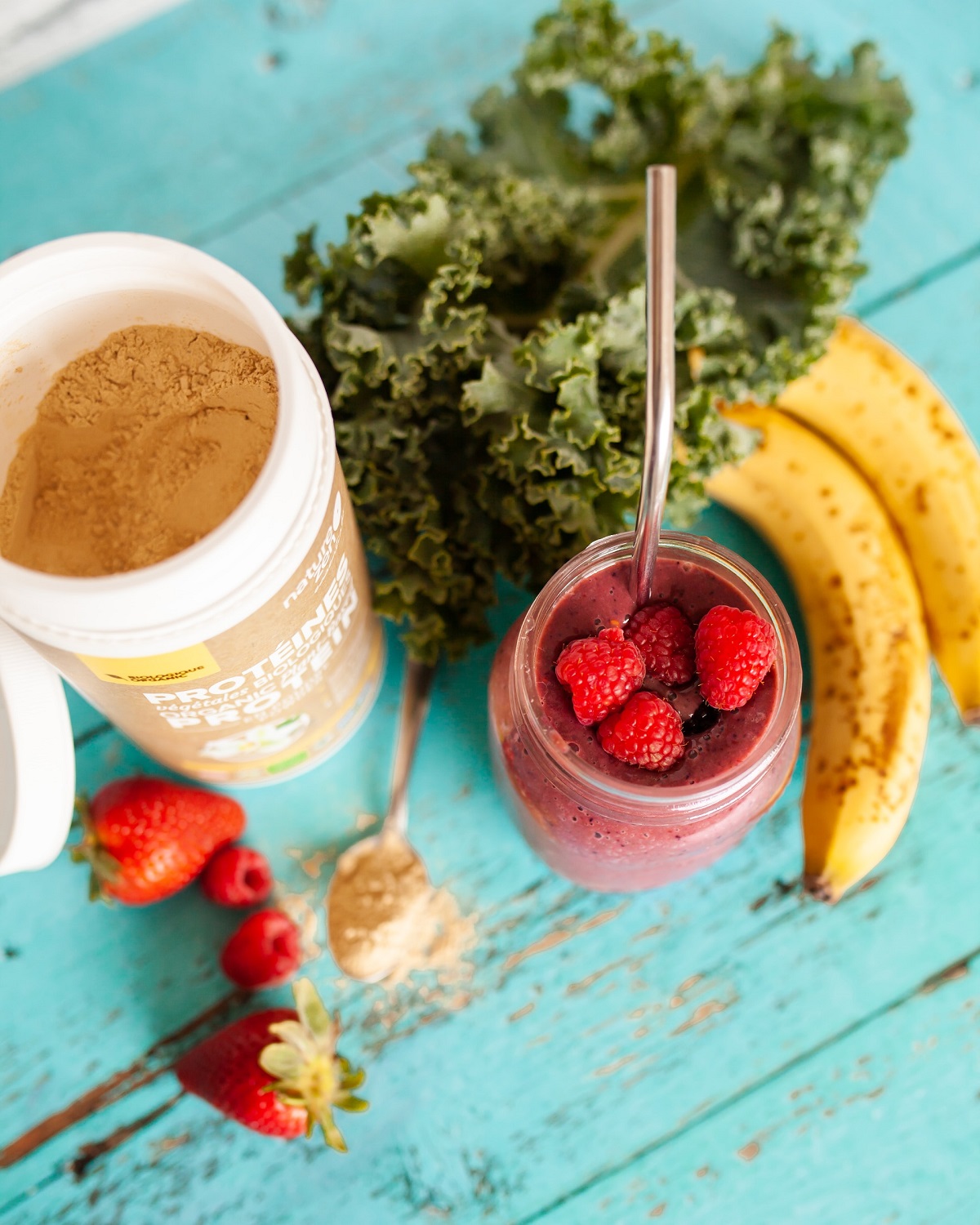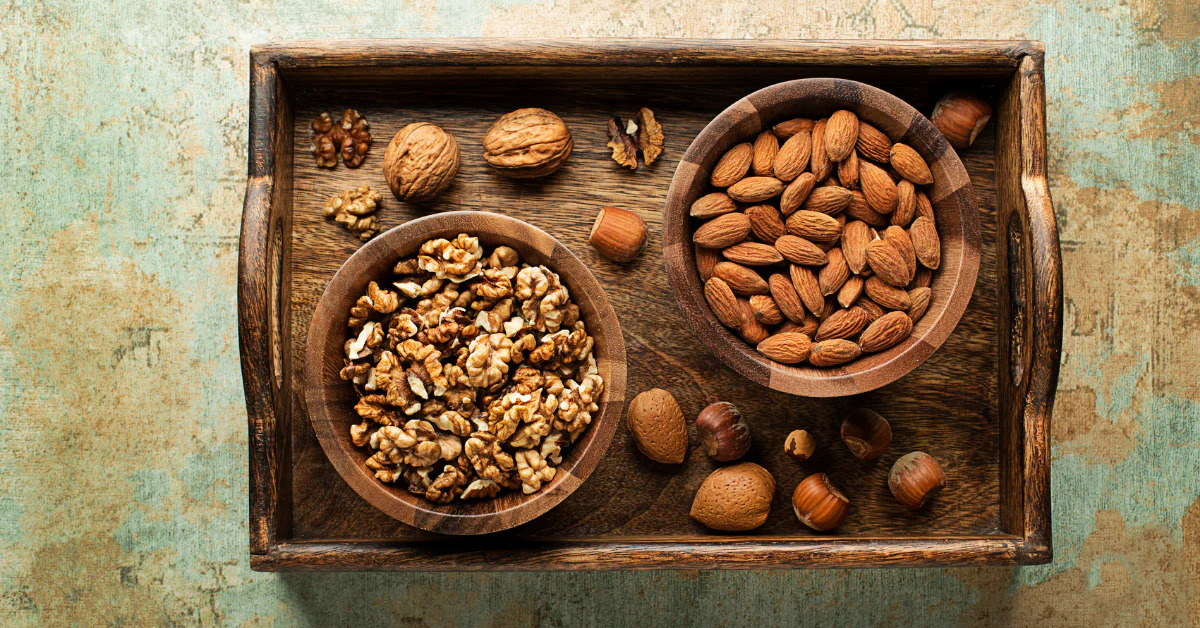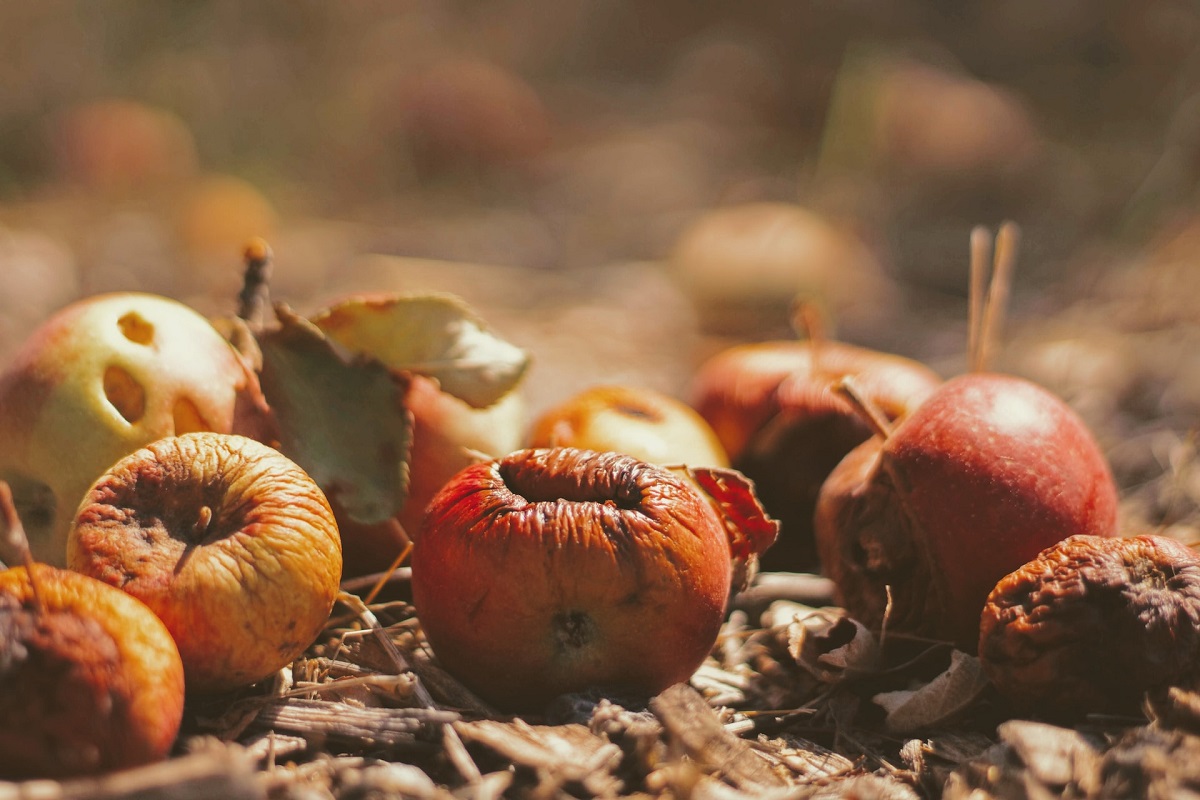How And When To Sow Wildflower Seeds?
All of us love flowers because the presence of flowers in our garden or lawn gives us a beautiful view. Flowers freshen our mood with their pleasant fragrance. Wildflowers are beautiful multi-colored flowers. They are called wildflowers because they grow in wild areas, which means they were not intentionally planted. Wildflowers grow without human intervention in mountains, woodlands, and prairies.
They can also grow in deserts; some people also call them weeds. It’s essential to know when to sow wildflower seeds if you want to bring their pleasant fragrance into your lawn or garden. Growing wildflowers benefits our natural environment as they become a source to feed bees and other pollinators.
Whether you grow them on your lawn in small quantities or grow wildflowers meadows, you must know complete details about sowing wildflower seeds. In this article, you will learn in detail about the cultivation of wildflowers:
Which is the right planting time and when to sow wildflower seeds?
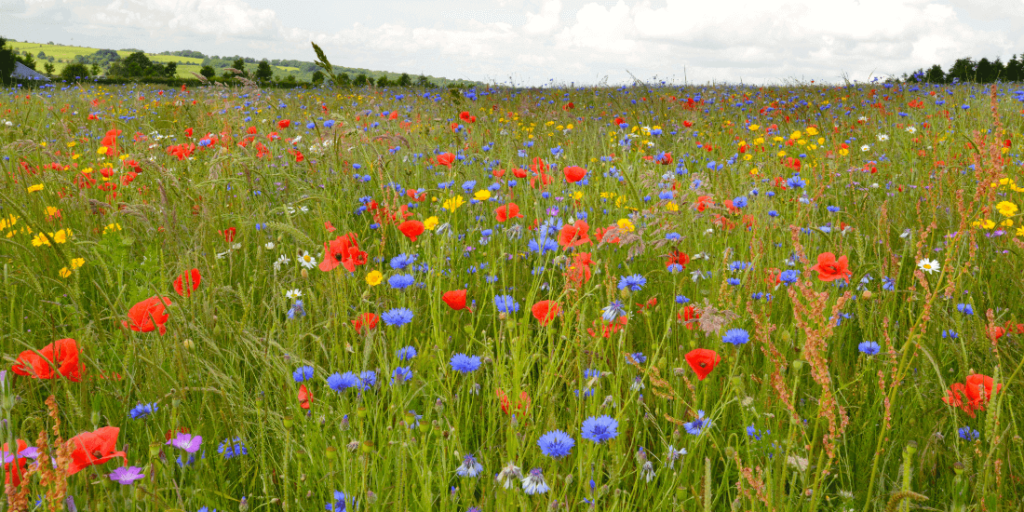
If you live in the northern hemisphere, the best time to sow wildflower seeds is in the fall, which starts from mid-September to the end of November. Sowing wildflowers seeds at the right time will help fasten the germination process by providing them with the right weather conditions. Sowing seeds in the fall has a lot of benefits.
To get full-growing plants that also help in pollination, you must sow them in the fall. Because in this way, they will have more time for germination. And flowers will grow bigger, healthier, and more beautiful than those planted in spring.
If you live in an area with mild winters and extreme summers, you can also plant them.
1. Planting wildflowers in winter:
If you live in cold areas, sowing seeds in winter is a good idea. The best time to plant is after killing frosts. You should take into account the Frost Date Chart according to your area. In cold areas, the average temperature to sow wildflower seeds should be below 45 degrees. People often make the mistake of sowing seeds very early; they don’t wait for the soil to warm.
Soil temperature takes time to drop; even the air temperature already cools. Soil takes time to cool down, and its temperature drops gradually.
2. Planting wildflowers in summers:
Planting wildflower seeds in summer has numerous benefits. Flowers can take advantage of the warm season because it gives natural moisture to your plants. The rainy season gives natural showers to your plants. Seeds can also germinate in absolute temperatures for growth. You can also plant your seeds in January or February. Your seed will grow after 2-4 weeks of plantation.
3. Planting wildflowers in autumn:
Autumn is the most beneficial season to plant wildflowers seeds. To grow perfectly, wildflowers need warmth, light, and rain. The presence of these elements means that natural moisture is present in the air that can help the seed to grow; it also means that you don’t need to water them because natural resources water plants.
In addition, your plants will grow flawlessly because, in this season, the number of birds and pests decreases, so your seeds will not be in any kind of danger or stress.
4. Planting wildflowers in spring:
Spring is the time of the year when everyone starts sowing seeds to grow new plants. It’s hard to resist gardening in this pleasing season. During the spring season, the temperature lowers, and your plants will definitely experience rain showers. The combined effect of these two weather conditions will be ideal for seed germination. You can see blooms after 60-90 days of sowing. When summer comes, your garden will be filled with colorful flowers.
when to sow wildflower seeds annual planted?
There are thousands of species of wildflowers, and each has its instructions. However, a general instruction to sow annual wildflowers is according to the area where you will plant. You can sow them in spring and can also in fall.
When should perennial wildflowers be planted?
Again, the best sowing time to sow perennial wildflowers depends on the area in which you are going to plant them. If you live in cooler regions, sow them in spring, and if you are living in hotter regions, then fall is ideal to sow them.
Instructions to sow:
To sow wildflower seeds, you will need different tools, including:
- A gardening spade
- A watering jug
- Wildflowers seeds pack
- Sign boards to label new wildflowers
You will need to follow these steps during the plantation of seeds:
- Pickup a day when the soil condition is not too wet or dry
- Seeds need direct sunlight to grow; choose open ground to sow seeds, not a shady area
- Scratch the soil to make it fine and equal, and remove stones, weeds, and large clumps of soil
- Now, leave your prepared soil for weeks to avoid any weeds or grass
- Scatter the seeds all over the soil with your hands
- While scattering seeds, also spread flour with seeds to identify where you sowed them
- Now, scratch the soil again and spread a thin layer on the seeds
- Don’t bury them completely because seeds need direct sunlight for growth
- Water your seeds very carefully not to wash away your seeds
- Place the signboard with the date of sowing
when to sow wildflower seeds in containers:
If you don’t have a lawn or garden to grow wildflower seeds, they can easily be grown in containers. While on a plantation, you must give seeds enough space and use large pots to grow flowers in containers.
Planting in pots means taking control of your hands, the soil condition, weather conditions, and the sunlight reach. So, be careful during this process.
Instructions to sow in containers:
You will need the following things to grow plants in containers:
- Containers with holes in the bottom
- Stone or broken dishes
- Topsoil to sow seeds
- Watering jug
- Pack of wildflowers seeds
- Sign boards to label
Follow these steps to grow wildflowers in a container perfectly:
- If the container doesn’t have holes in the bottom, use a sharp instrument and make holes in it
- Place your container in a sunny area where sunlight can reach easily
- Add broken dishes or stones in it to make the drainage process convenient
- Now, add the topsoil to your container and press from the top to remove lumps
- Don’t overfill the container with soil; leave a space of at least 25mm for watering
- Scatter the seeds in a container and cover them with 1mm soil
- Label the container and also mention the sowing date
- Keep soil moist and wait for seeds to grow
Tips to follow for choosing a site:
Sometimes, it happens that the site is already perfect for plantation, and we are unaware by following these tips, you can choose a perfect ground for the plantation of wildflower seeds:
- Testing if a ground is ready for planting is very simple if anything is growing in that particular area you have selected, even if there is only grass. You can simply get the idea that wildflowers will also grow here.
- You don’t need to add fertilizer to the soil to grow wildflower seeds; they are adaptable to any form of soil.
- Full sunlight is essential for the proper growth of wildflowers; they need sunlight for 6 hours continuously.
A good drainage system is also a basic requirement for wildflowers. Water should not stand in the soil for more than one hour after rainfall.
Maintenance of wildflower seeds:
After sowing, the maintenance of wildflower seeds is also important. Within a few weeks, you will notice that the seeds started germinating, particularly annual wildflower seeds; they grow quickly. The growth of perennial wildflower seeds is a bit slower than others. Annuals start blooming the same year you have planted them. While perennial takes 2 or 3 years to start growing. Here are some steps for the maintenance of wildflower seeds:
- Water your plant sufficiently in the first growing season; native plants of any region do not need as much water.
- Reseeding wildflower seeds is also important; some of them need to set seed again for replacement of the parent plant after time.
- Diseases do not affect wildflower seeds; after blooming, wildflowers attract pollinators for pollination. If we spray on them, these precious pollinators may also be affected.
Conclusion
The quire of when to sow wildflower seeds is clear that Wildflowers are the easiest to grow; they can grow independently without much maintenance and care. They enhance the beauty of your garden. Sowing wildflower seeds is not difficult; you can easily do this. In mountains and forests, they grow naturally without the interference of human beings. If you are a gardening lover, you must spend time sowing wildflower seeds because they are worthy. It is such an easy job that you can do this solely.
They have a lot of benefits; wildflowers are the best source of pollination. They naturally attract bees and butterflies for pollination and provide benefits to the natural environment. You can grow them in containers if you don’t have enough space in your garden. With just minimum water consumption, they can grow easily. The growth of annual wildflowers is faster than perennial.
Read MORE: DO HUMANS NEED TO EAT MEAT TO BE HEALTHY
